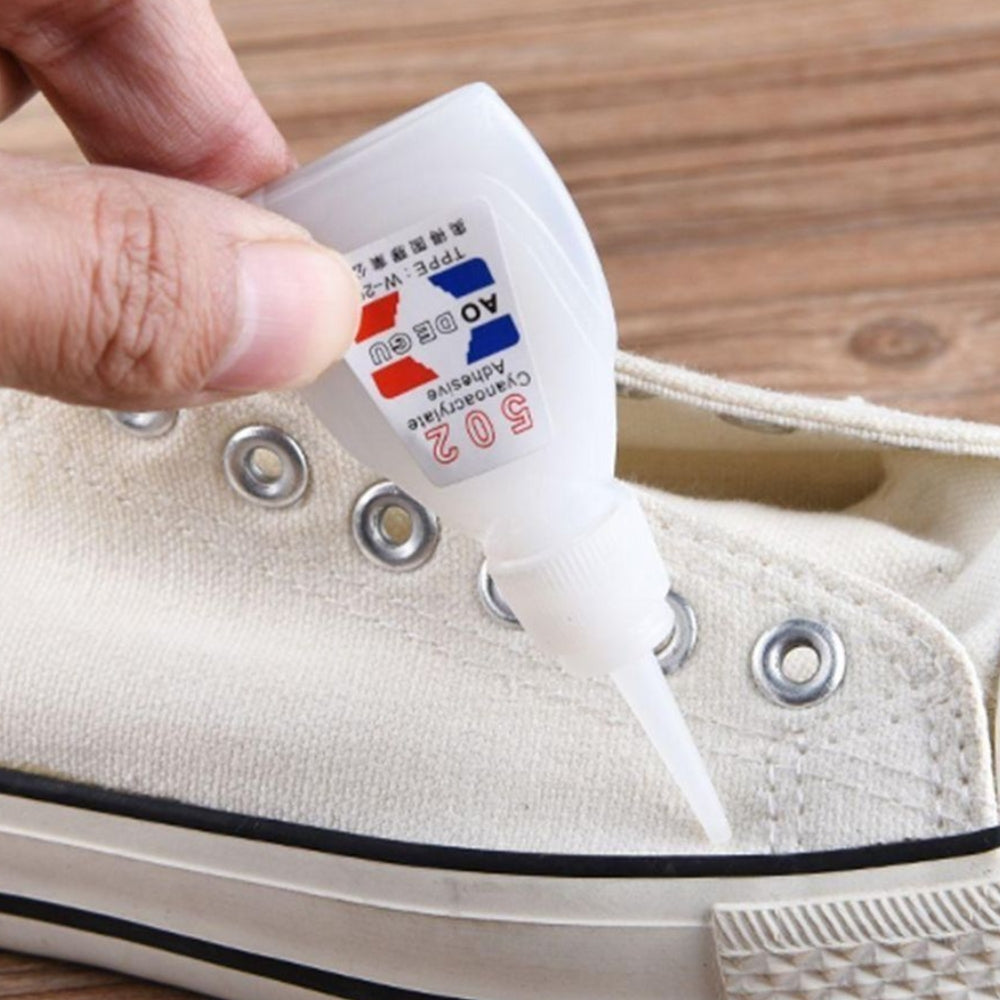It is inevitable that shoes will be glued off, especially for shoes that are used frequently. Instead of taking them to the store to fix them, we can completely use the method of gluing shoes with 502 glue right at home. So what are the steps to do it, how effective is it? Let's see with Shondo in this article.
1. What is 502 glue?
502 glue is also known as iron glue, with extremely fast adhesion. This type of glue is famous for its high adhesion, quick drying ability and is used in many fields, from industry to daily life.
However, the durability of 502 glue also depends a lot on the material and contact area of the surface. This is very convenient in case you need to make a quick repair. However, users need to be careful to avoid unwanted glue sticking.
In addition, 502 glue has poor water resistance and solvent resistance. If the joint is frequently exposed to water or chemicals, the durability of the glue will be significantly reduced.

2. Can 502 glue be used to glue shoes? Advantages and disadvantages
Using 502 glue to glue shoes is a popular solution, but is it the best choice? Here are the pros and cons of gluing shoes with 502 glue.
2.1 Advantages of using 502 glue to glue shoes
The biggest advantage of 502 glue is its ability to bond quickly. With a small amount of glue, you can easily re-glue shoe parts in just a few seconds. This is a quick and effective solution in an emergency, when you need to fix it to continue using it.
502 glue is cheap and easy to find in grocery stores or supermarkets, helping to save costs compared to taking shoes to a repair shop. This type of glue adheres well to many different materials such as leather, fabric, rubber,...
However, it should be noted that 502 glue may not be completely effective on surfaces that are too slippery or have special coatings.

2.2 Disadvantages of using 502 glue to glue shoes
502 glue when dry becomes brittle, has no elasticity, this makes the torn area no longer stick firmly. Because if the impact force is too great, the glue will peel off and crack immediately.
In addition, 502 glue creates a hard glue layer, making the glued details unnatural and unsightly. If you pour too much, it will spill out, the dried glue will leave a difficult-to-remove stain, losing the beauty of the shoe.
In addition, 502 glue does not have good water resistance, leading to weakened joints if the shoes are frequently exposed to water. In particular, 502 glue fumes can cause skin irritation and adversely affect breathing.
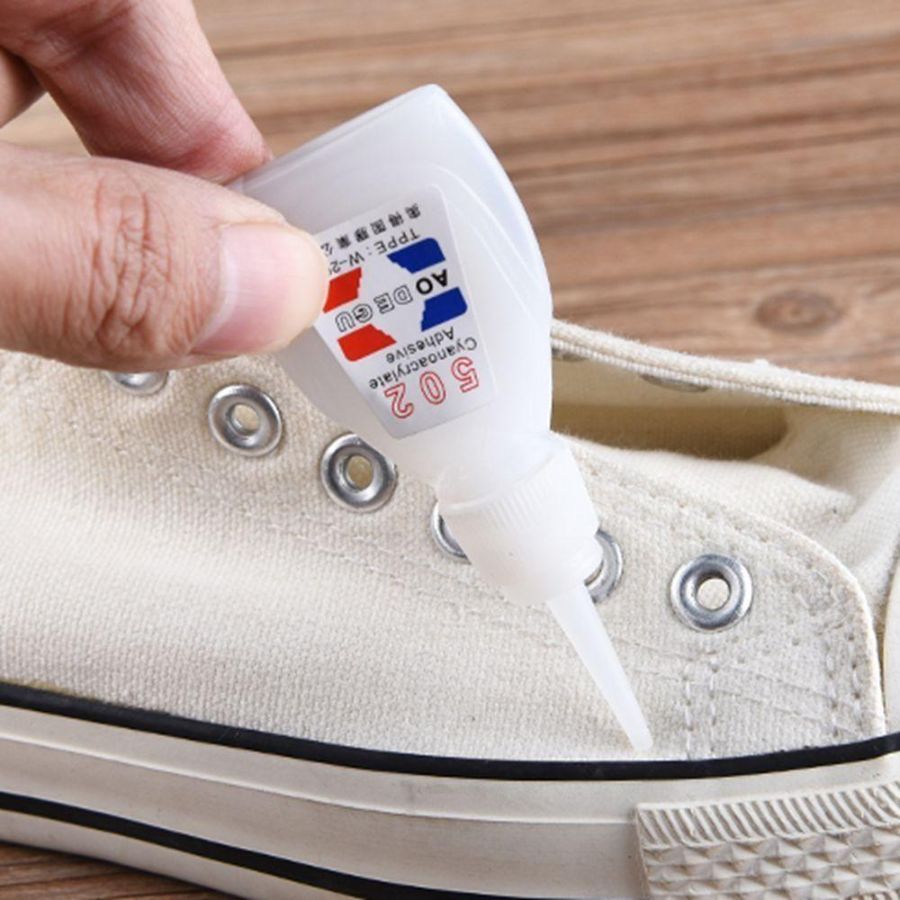
3. Causes of shoe glue peeling off
There are many factors that lead to shoe glue peeling off, they come from external impacts on material quality, typically:
3.1 Impact from environment and weather
Constant changes in temperature and humidity can reduce the strength of glue. When it is too hot, the glue will melt and when it is too cold, the glue will become brittle and break easily. High humidity is also a disadvantage, making the glue susceptible to mold and losing its adhesive ability.
In addition, shoes that are frequently exposed to water are also a common cause of glue peeling. Water seeps into the gaps between the glue layers, reducing adhesion and causing peeling.
In particular, sweat-accumulating sports shoes are easily affected by this factor. Therefore, it is very important to preserve shoes properly, avoiding direct contact with sunlight and water to prolong the life of the shoes.
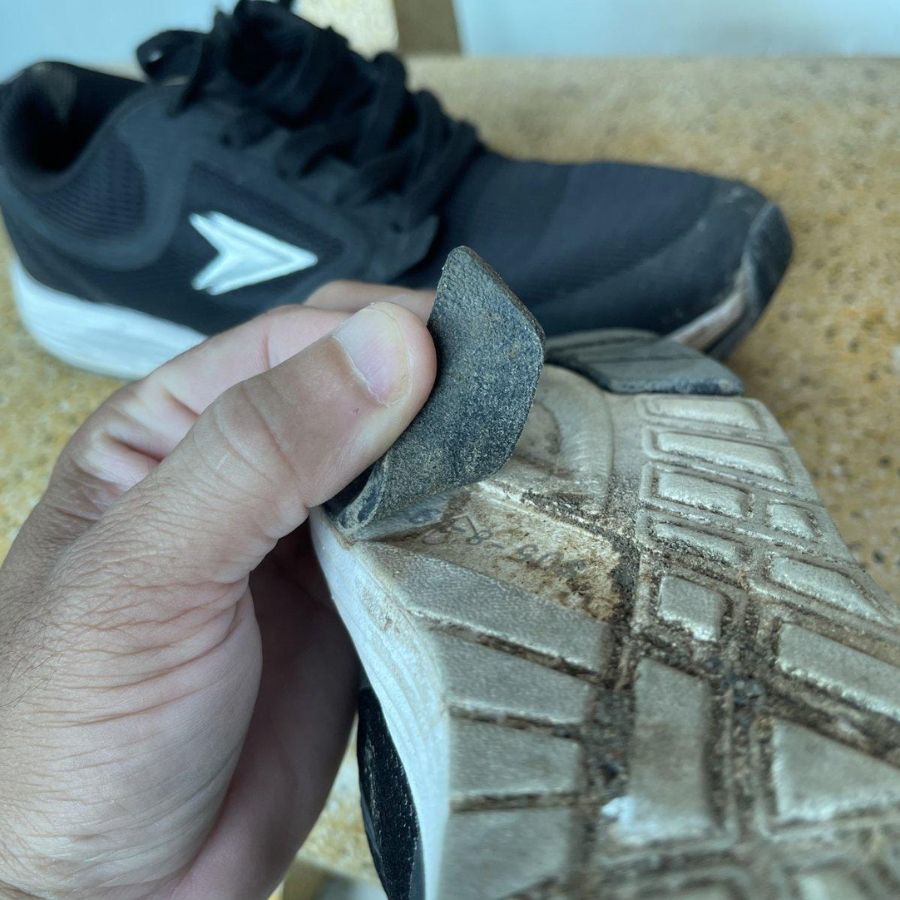
3.2 Poor quality of glue and materials
If the glue used to glue your shoes is not of good quality, no matter how carefully you apply it, the glue can still come off. Cheap glues often do not have good adhesion and can easily degrade over time.
Similarly, if the shoe material is poor, good glue cannot stick tightly. Choosing shoes with good material and quality glue is an important factor to avoid the situation of glue peeling off. It is best to buy shoes at reputable stores with clear warranty policies.
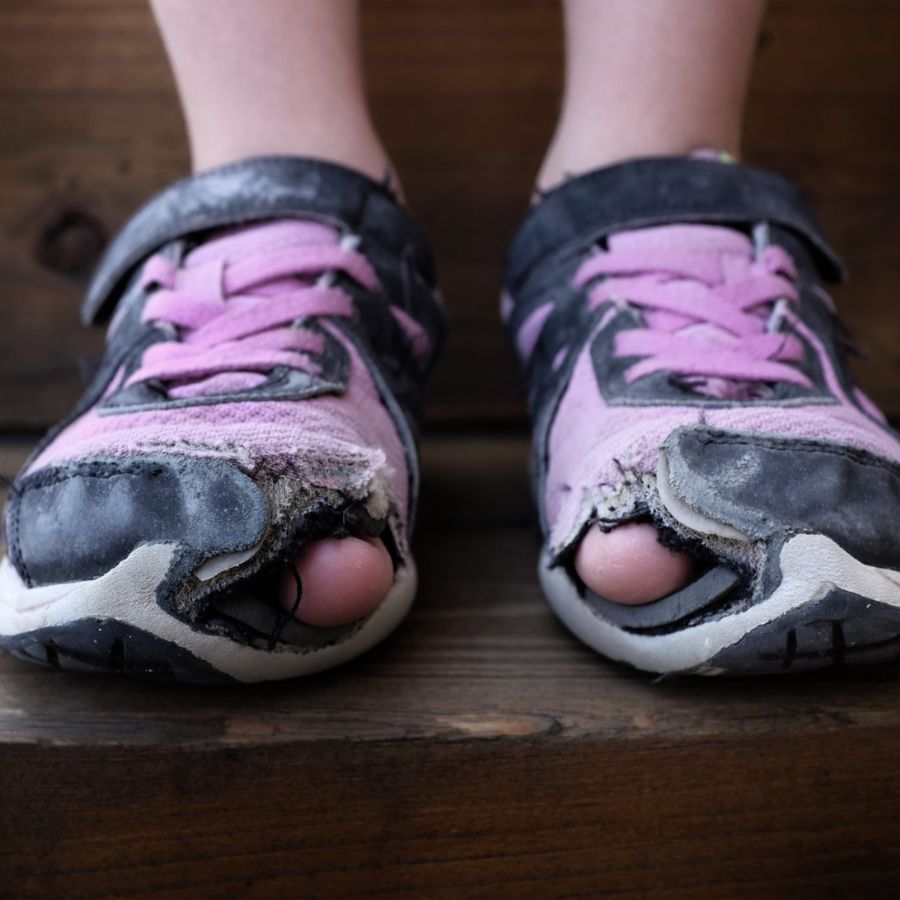
3.3 Improper use and storage of shoes
Frequent use or letting heavy objects press on the shoes can cause the shoe to lose its shape. Also, wearing shoes in harsh conditions such as rain or slippery roads will create friction and put a lot of pressure on the shoes.
In addition, leaving shoes in a damp place without regular cleaning creates conditions for mold to grow, reducing durability. Storing shoes improperly, such as stacking them on top of each other, will deform the shoes and peel off the glue.
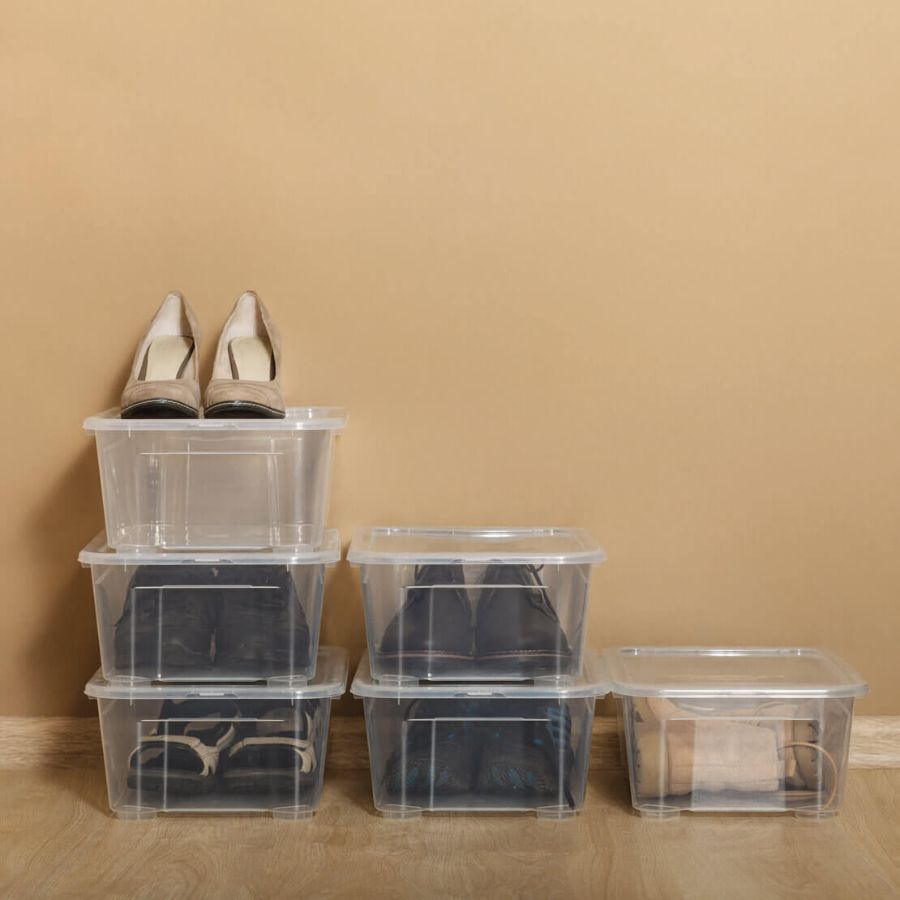
4. Important steps to prepare before gluing shoes
Before starting to glue shoes with 502 glue, we need to prepare the following process:
4.1 Check the condition of the shoes carefully
Take the time to carefully examine the condition of your shoes. We need to determine exactly where the glue is coming off, the extent of the damage, and the material of the affected parts. This will help you get an overview of the problem and choose the most appropriate treatment method.
4.2 Clean the surface to be glued
An equally important step is to clean the area to be glued. Use a clean cloth, a soft brush and fine sandpaper to remove dirt and remaining old glue. For stubborn stains, use alcohol or a mild detergent to clean.
Be careful not to use harsh cleaning solutions as they will damage the material of the shoe. Make sure the surface you are gluing is completely dry. If it is still wet, the glue will not stick well.
For some types of shoes with smooth surfaces, you can use sandpaper to lightly rub to create roughness, helping the glue adhere better.

4.3 Prepare all necessary tools
Tools to prepare include:
- Glue 502
- Clean towel
- Cotton swab
- Tape
- Fine sand
- Glove.
In addition, you should prepare newspaper or cardboard to place under the shoes when gluing, to avoid getting glue on the ground.
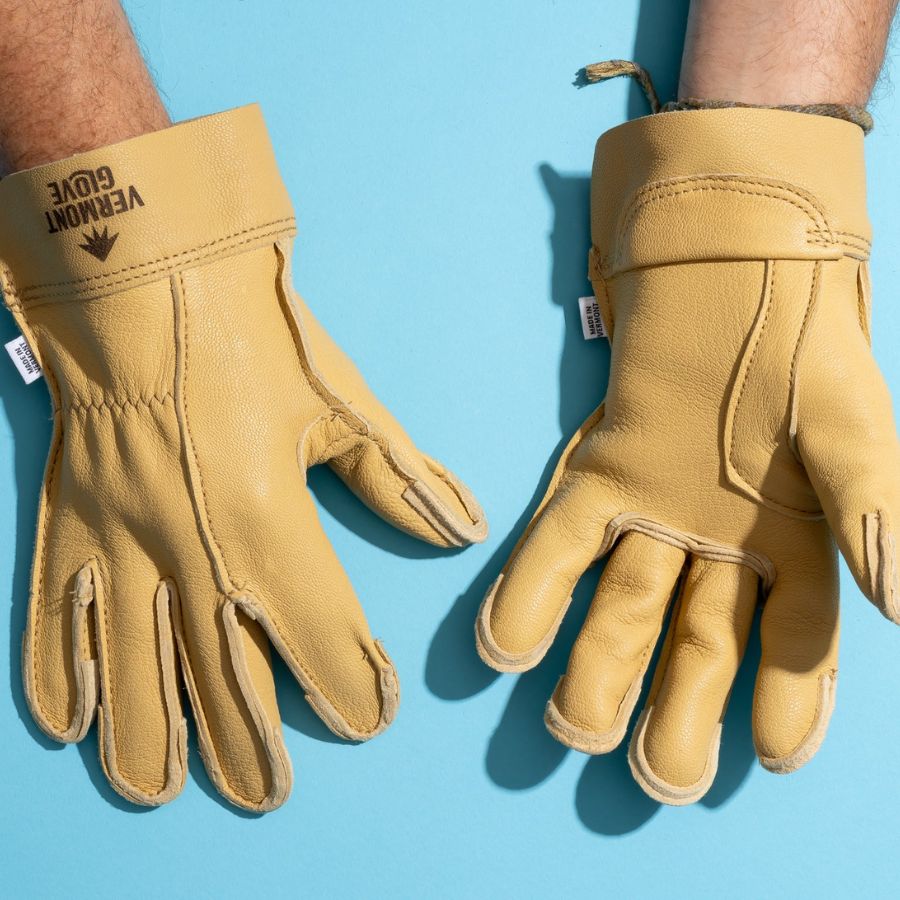
5. Detailed steps on how to glue shoes with 502 glue
After fully prepared, we will proceed with the steps to glue shoes with 502 glue:
- Apply glue evenly to the surface to be glued: First, add a little fine sand and then drop a sufficient amount of 502 glue onto the surface to be glued. For small gaps, you can use a cotton swab to apply the glue accurately. Apply the glue evenly and quickly, because 502 glue dries very quickly.
- Assemble the shoe parts together: Next, we quickly assemble the parts together. Use your hand to press lightly and hold the parts firmly for about 15-30 seconds to allow the glue to dry and adhere. Note that you should not move or apply strong force to the area that has just been glued, this can cause the glue to be misaligned.
- Check and complete the joint: After the glue has completely dried, we should check the joint again. If there is excess glue or glue spilled out, we use a knife to trim or sandpaper to rub and polish.

6. Some important notes on how to glue shoes with 502 glue
To ensure safety and effectiveness, we must remember the following important notes during the process of gluing shoes with 502 glue.
- Use 502 glue in a well-ventilated area: 502 glue contains chemicals that irritate the respiratory system if we inhale for a long time. Therefore, when using it, we should do it in a well-ventilated, spacious area and wear a mask to avoid directly inhaling the glue vapor.
- Avoid getting glue on your skin or eyes: Wear protective gloves when using to avoid getting glue on your skin. If glue gets on your skin, wash it off with warm water and soap. If glue gets into your eyes, rinse your eyes immediately with clean water and go to the nearest medical facility for treatment.
- Store 502 glue properly: After use, close the lid tightly, store in a cool, dry place, away from direct sunlight. Absolutely do not let the glue come into contact with flammable substances or high heat sources. At the same time, you should periodically check the expiration date of the glue and do not use expired or solidified glue.
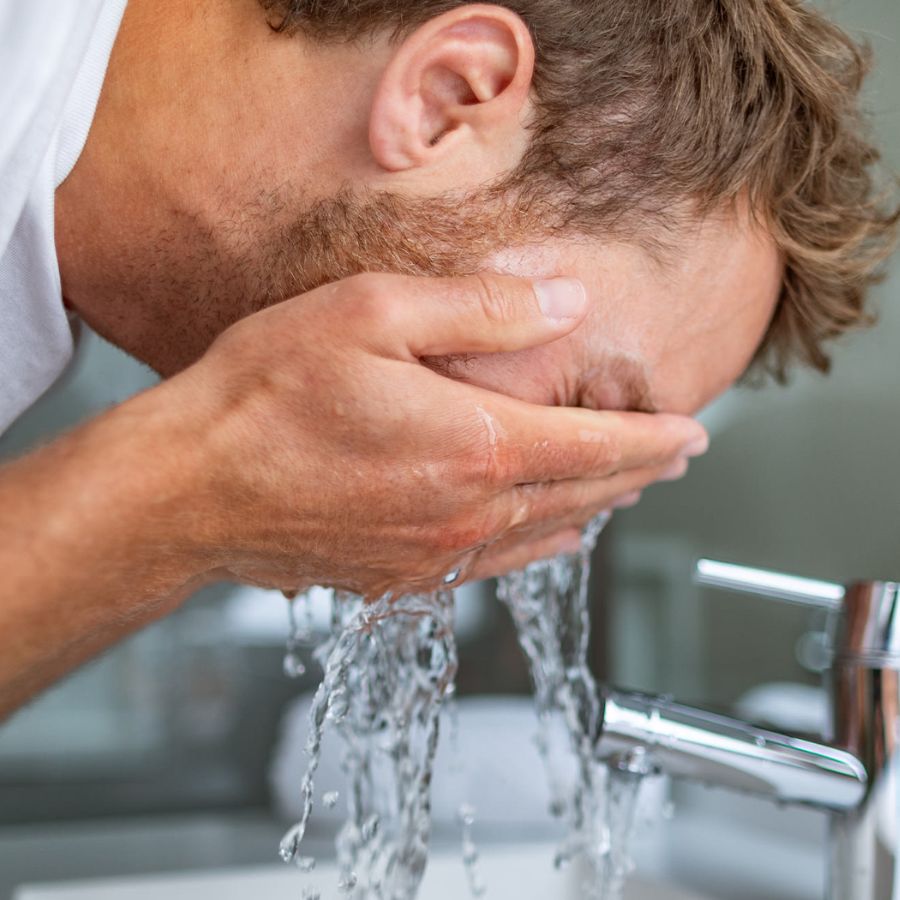
7. When and when not to use 502 glue to stick shoes
The decision of whether to use 502 glue to glue shoes or not depends on many factors, such as the type of shoe, the location of the peel, etc. 502 glue is a good choice for small peels that do not bear much force, or when you need a temporary repair.
However, when the shoes are peeled off in important places such as the sole, heel, or valuable shoes, we should use specialized glue or bring them to a repair shop to ensure durability and aesthetics.
In addition, if you have no experience in gluing shoes with 502 glue, the risk of damaging the shoes is quite high. It is best to ask for help from someone with experience or find a professional shoe repairman.

8. Conclusion
Using 502 glue to glue shoes is a quick solution but needs to be done correctly. You should choose and read the instructions carefully before doing it to get the best results.
Related Articles

Nếu bạn đã và đang sở hữu cho mình đôi giày ballet sneaker nhưng vẫn chưa biết outfit nào phù hợp. Xem ngay bài viết này với 5 cách phối đồ với giày ballet sneaker đẹp không có điểm trừ cùng Shondo...

Squid Game 3 chính thức khuấy đảo trên màn ảnh, bạn đã sẵn sàng ngồi liền 6 tập để xem cuộc chiến sinh tồn lần cuối của Gi-Hun chưa? Dưới đây là combo cuối tuần “chuẩn sinh tồn hiện đại” mà Shondo ...

Phong cách Retro là gì mà được nhiều người săn đón như vậy? Cùng Shondo tìm hiểu qua bài viết sau đây để biết thêm nhiều điều thú vị từ điểm đặc trưng cho đến cách phối đồ như thế nào là chuẩn nhé....

Một trong những trào lưu nổi bật gây sốt trên các cộng đồng yêu thời trang chính là phong cách Maillard. Nhưng điều gì khiến chúng lại có sức hút lớn đến như vậy? Shondo sẽ giúp bạn hiểu rõ hơn về...

Áo Polo nữ - item nghe thì tưởng già nhưng thực ra lại đang quay trở lại mạnh mẽ. Từ sân golf đến sân trường, từ văn phòng đến quán cafe, chiếc áo đơn giản với cổ bẻ đặc trưng này bỗng trở nên đa n...

Phối đồ Vintage trong giới thời trang mang đến những nét độc đáo rất riêng. Phong cách này trở thành xu hướng phổ biến không chỉ ở nữ mà còn xuất hiện nhiều ở nam giới. Shondo sẽ cho bạn thấy điều ...

